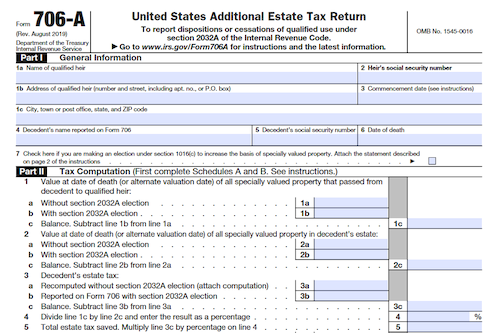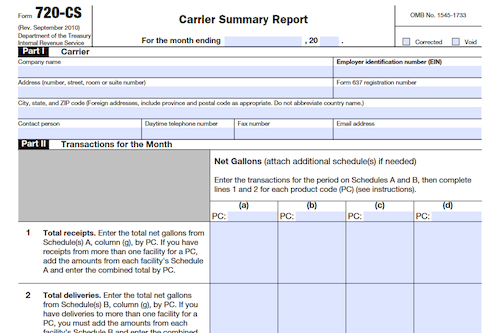Understanding a business’s fiscal and tax year is important for filing taxes correctly. This article outlines how to determine a fiscal year, how a business fiscal year is different from a tax year, and when businesses should file an election to change their tax year with the IRS.
What is Form 1128?
A fiscal year is a 12-month period used by a company for accounting purposes and is typically expressed by the year-end date. The IRS determines the tax year of a business differently and may recognize either the calendar year (January 1 to December 31) or a fiscal year as a tax year. Depending on the type of business, the choice of fiscal year-end may vary. A sole proprietorship, for example, must use December 31 as a tax year while other businesses have more flexibility in their year-end date. Changing fiscal year or tax year may involve taxation forms to be submitted to the IRS among other considerations, so consult legal or tax professionals before doing so.
IRS Form 1128 – Who Needs to Fill It Out?
Everyone needs to have some sort of fiscal year for their business, whether it be the calendar year (January 1 to December 31) or the company’s own fiscal year. For tax year purposes, businesses should normally use either the calendar year or their own fiscal year. However, different types of businesses may require a specific tax year and may need to file an election with the IRS in order to change their tax year. Short years may also be necessary if a business starts, ends, or changes their fiscal year and taxes must be reported accordingly. The IRS’ “Form 1128” helps business owners request to adopt, change, or retain a tax year and should be utilized when making decisions about a company’s fiscal year.
Step-by-Step: Form 1128 Instructions For Filling Out the Document
When filing your business taxes, understanding the difference between a fiscal and a tax year is key. A fiscal year is the 12-month period a company uses for accounting purposes, while a tax year is the period used to report taxes to the IRS. Generally, the company’s fiscal year should be the same as the tax year, though exceptions apply. Corporations must file an election with the IRS if they want a different tax year from their fiscal year, and a sole proprietorship must use a calendar year as their tax year. Moreover, certain types of businesses, including partnerships, S corporations, and personal service corporations, must use a specific tax year. Also note that the IRS may ask you for your accounting year on your Employer ID application – this can be a calendar year or a fiscal year as the IRS defines it. Lastly, there may be cases where a business has a short year – if this applies, you must still file a short tax return.
Below, we present a table that will help you understand how to fill out Form 1128.
| Concept | Description |
|---|---|
| Fiscal Year | The 12-month period a company uses for accounting purposes. |
| Tax Year | The period used to report taxes to the IRS. |
| Corporations | Must file an election with the IRS if they want a different tax year from their fiscal year. |
| Sole Proprietorship | Must use a calendar year as their tax year. |
| Other Business Types | Partnerships, S corporations, and personal service corporations must use a specific tax year. |
| IRS Application | The IRS may ask for your accounting year on your Employer ID application – this can be a calendar year or a fiscal year as the IRS defines it. |
| Short Year | In cases of a short year, you must still file a short tax return. |
Do You Need to File Form 1128 Each Year?
Generally, your business fiscal year is the same as your business tax year, but it doesn’t have to be. The IRS permits certain types of businesses to change or adopt the calendar year as their tax year via certain forms, such as IRS Form 1128 and 8716. When beginning a business, or when closing it, you may have what the IRS calls a “short year” tax year that is less than 12 months, and you must file a return accordingly. It is also important to note that you must report your fiscal year on your Employer ID application. Overall, the complexities of fiscal years and tax years make it important to seek help from a tax attorney or a professional if you need to make a change.
Download the official IRS Form 1128 PDF
On the official IRS website, you will find a link to download Form 1128 – Application to Adopt, Change, or Retain a Tax Year. However, to make it easier for you, we are providing the link in our article, which comes directly from the official irs.gov website! Click to download: Form 1128
Sources:
https://www.irs.gov/forms-pubs/about-form-1128
https://www.irs.gov/instructions/i1128




